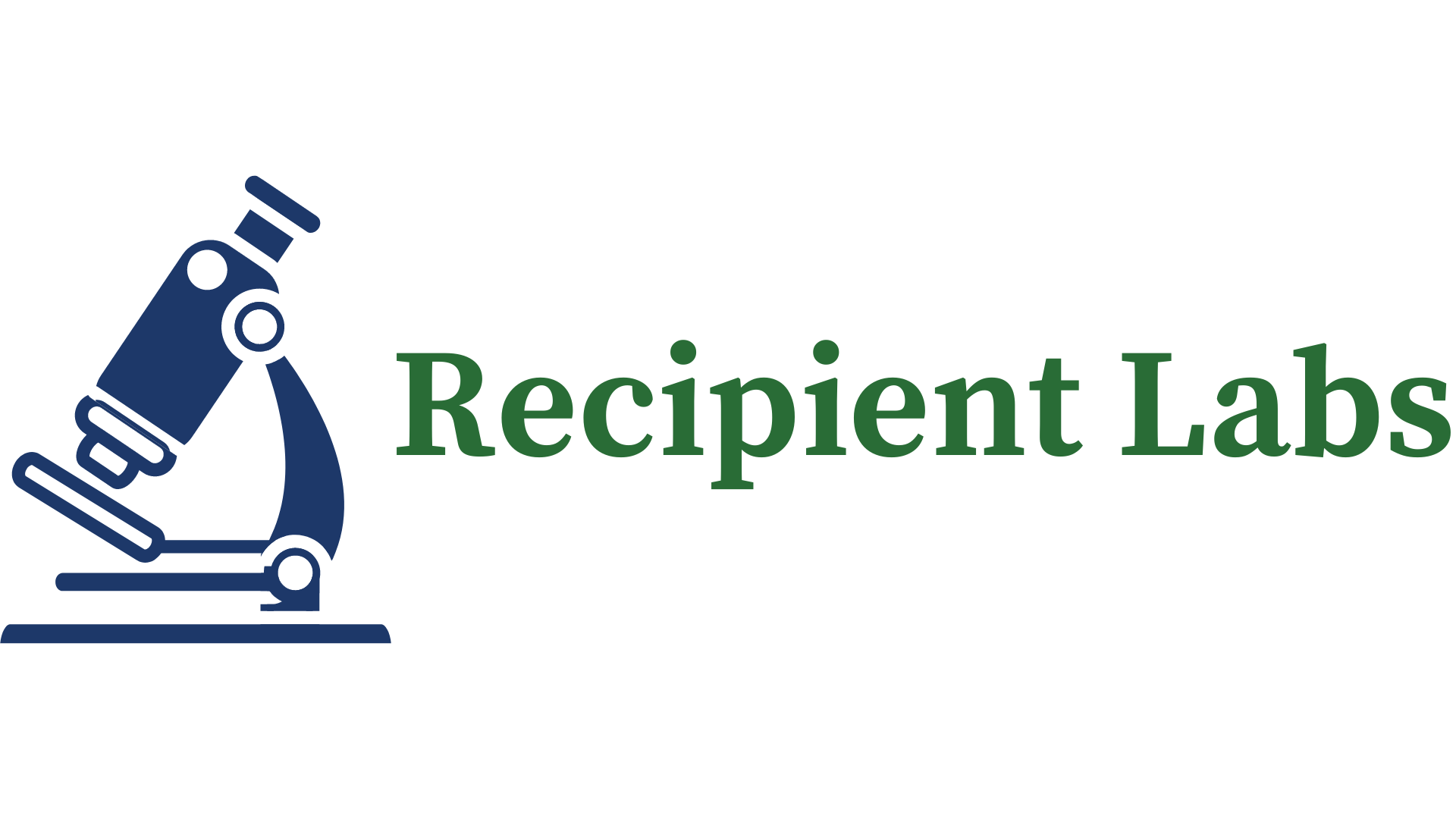It is well-documented that sprinkling personal details into your stories works. It works whether you are hanging out with friends over a beer, or whether you are selling a widget to a potential customer.
Why is this? Why are personal details such a potent ingredient in stories?
It has to do with the brain needing to earn its keep.
You see, in humans, the brain makes up about 2% of the body weight, but it consumes about 20% of the body’s resources (oxygen, food, etc).
So the pressure is on. The brain knows that it has a big bill to pay, and it better pay it, or Nature is going to start reevaluating the ROI of keeping the brain around.
So the brain does what it does best: Solve problems for the rest of the body. The big toe isn’t very good at solving problems. Neither is the leg, nor is the hip, nor is the lower arm. But the brain? Problem-solver extraordinaire!
So when you tell your friends over beers that story about how you went to the grocery store to buy oranges and the clerk was a jerk, your friends’ brains perk up, because they are wondering how you solved the issue.
And when you tell your customer that story about how another customer just like them had a similar problem, your customers’ brains perk up, because they are wondering how that other customer solved the issue.
The human brain is a problem-solving machine. It is desperately trying to pay that hefty food bill Nature sends each month, and personal details are the signal that tell it, “Better wake up and pay attention, there might be something in here that you can use.”
The details don’t need to be deeply personal. I’m not saying go out there and treat everyone like they are your therapist. Just do little stuff, like say “and then I went to the Şok” instead of “and then I went to the grocery store.” Little details like that prime the pump and make the human brain wake up and pay attention.
